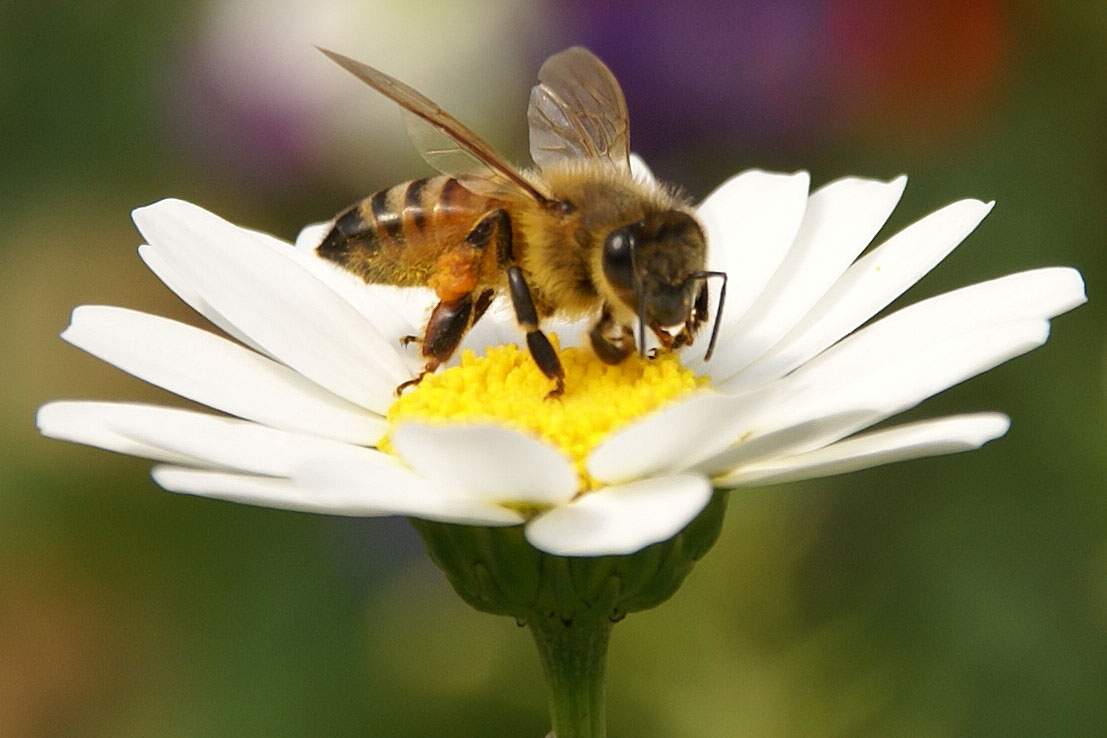
Bees take on different jobs in a beehive according to their age. Many become food scouts when they're older, but not all scouts are the same. Some search for new flowers, while others fly to and from established nectar sources.
A team of scientists wondering if some bees might be natural risk takers decided to put that question to the test. They placed a hive in an enclosure with a feeder of sugar water and marked each bee that visited the feeder. A few days later, they added a second feeder and marked the bees that found that one. Challenging the bees again, they moved the second feeder to a new location and marked the bees that discovered that location too.
Scouts
Bees that found new feeders both times were called scouts, while bees that only gathered nectar at the old feeder were called non‑scouts. Nest scouts, who search for new hive locations, were three times more likely to be nectar scouts when older.
To determine if there are differences between scouts and non‑scouts, researchers examined their brains to see which genes were active. What they found was surprising. There were large differences in over one thousand genes. Some of those genes are very similar to ones associated with human novelty‑seeking behavior.
Scientists examined genes controlling dopamine signaling, which reinforces pleasure in humans. In bees it works just the opposite; high dopamine reinforces aversion. Bees with genes that made more dopamine receptors were non‑scouts, while those with low receptors tended to be scouts.
It appears that bees may be born with different personality traits. Risk taking is in their genes.
Sources And Further Reading:
-  Z.S. Liang, et al. Molecular determinants of scouting behavior in honey bees. 2012. Science, vol. 335, no. 6073, pp. 1225‑1228, DOI: 10.1126/science.1213962.
- "Glossary of Bee Terms." Betterbee. Accessed March 09, 2017.
- "Bee." San Diego Zoo Global Animals and Plants. Accessed March 09, 2017.









